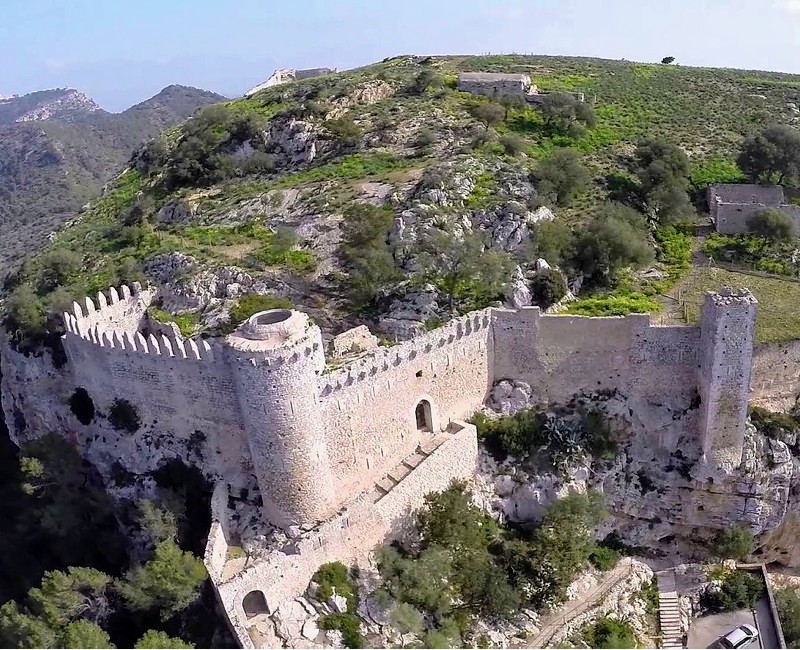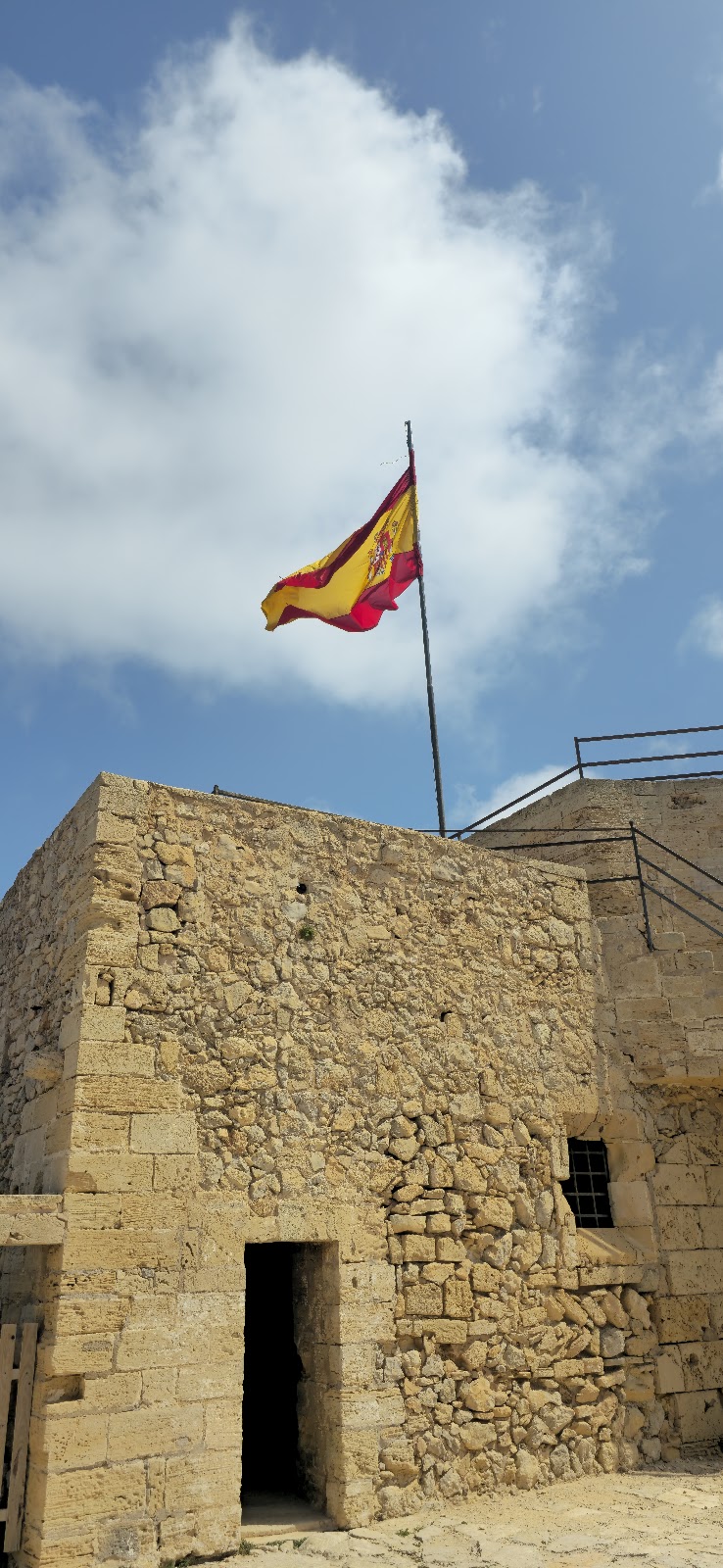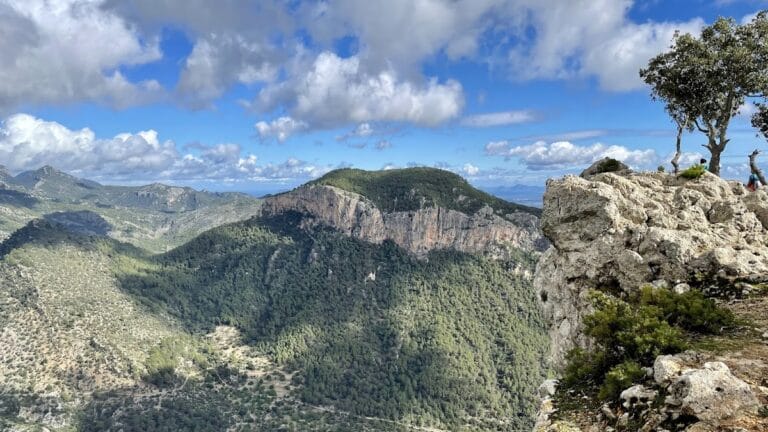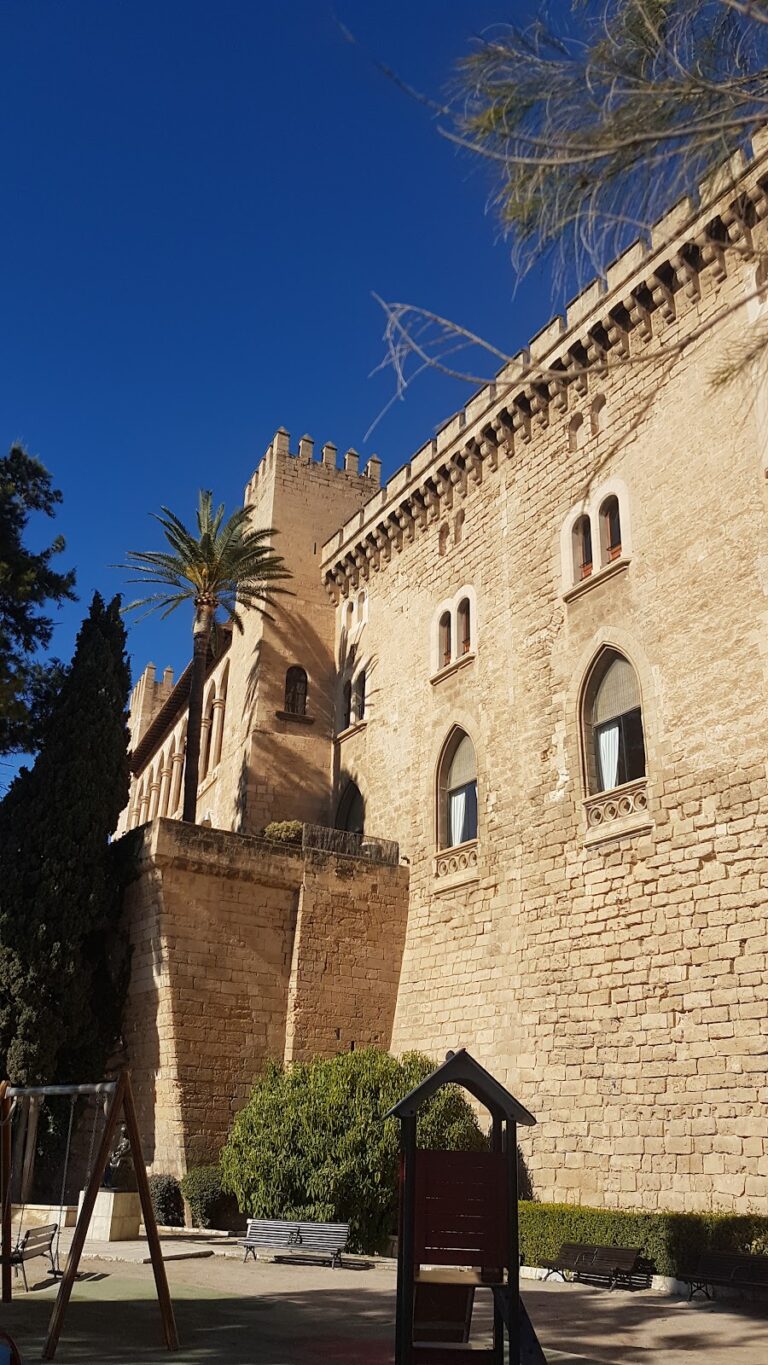Castillo de Santueri: A Historic Fortress in Mallorca, Spain
Visitor Information
Google Rating: 4.1
Popularity: Low
Google Maps: View on Google Maps
Official Website: www.santueri.org
Country: Spain
Civilization: Unclassified
Remains: Military
History
The Castillo de Santueri stands atop cliffs in the municipality of Felanitx, Spain. Its origins trace back to ancient times, with the initial stone constructions attributed to the Romans, who recognized the site’s strategic value overlooking the surrounding landscape.
During the Roman period, the fortress began as a fortified outpost, which continued to be utilized through the Eastern Roman Empire era. Following the decline of Roman control, the site came under Muslim rule and was adapted into a fortress that integrated earlier structures. The name “Santueri” likely stems from the Latin word sanctuarium, indicating that the location may once have served as a sanctuary or protected refuge.
In 1231, the castle was seized by King James I of Aragon as part of his campaign to conquer Mallorca. After the Christian conquest, the fortress was initially entrusted to Count Nunó Sanç I of Rosselló and Cerdanya. However, by 1241 the property was reclaimed by the crown. The 14th century witnessed significant rebuilding efforts, notably in 1348 when the walls were reinforced and adapted to accommodate new military technologies such as gunports.
The early 16th century found the castle playing a role in local conflicts; between 1521 and 1523, it served as a haven for the mascarats, who opposed the Germanies revolt. More than three centuries later, in 1811, the fortress was sold into private hands. Despite deterioration over time, the castle remains a poignant emblem of Mallorca’s layered medieval past.
Archaeological excavations conducted from 1997 to 2001 uncovered a range of artifacts, including over a thousand coins, seals, and weights from Roman and Muslim times. These findings emphasize the site’s long-standing strategic importance. Earlier investigations in nearby caves revealed ceramics and bronze tools linked to prehistoric cultures such as the epicampaniform, naviform, and talaiotic periods, although there is a noted interruption in occupation around the first millennium BCE. Recognized for its cultural value, the Castillo de Santueri was designated a Cultural Interest Asset (Bien de Interés Cultural) in 1998.
Remains
The Castillo de Santueri is situated on a natural rocky promontory in the Migjorn mountain range, covering approximately 426 ares. The fortress takes advantage of steep cliffs that provide substantial natural defense, augmented by man-made walls and towers adapted to the rugged terrain. The existing defensive perimeter includes three rectangular towers and one round tower known as the “Tower of Submission.” The latter’s distinctive shape and name suggest a particular role in the castle’s military organization.
Reconstruction efforts during the 14th century resulted in walls featuring 370 gunports—small openings designed for firearms or small artillery pieces, reflecting advances in medieval military technology. Within the fortified enclosure, the remains of a chapel hint at the religious functions maintained by its inhabitants. Additionally, evidence of a mill and gardens indicates that the castle was partly self-sufficient, growing vegetables and fruit within its walls.
Archaeological finds scattered throughout the site and nearby caves include coins, seals, weights, ceramics, and bronze objects from multiple eras. These discoveries showcase continual occupation and adaptation spanning the Roman, Muslim, and medieval Christian periods. The fortress’s architecture reveals this layered history, with Roman foundations overlain by Muslim fortifications and subsequent medieval Christian modifications, all harmonized with the natural cliff formations. Today, the castle’s remnants preserve a clear link to its complex past and commanding presence over the southeastern Mallorca landscape.










